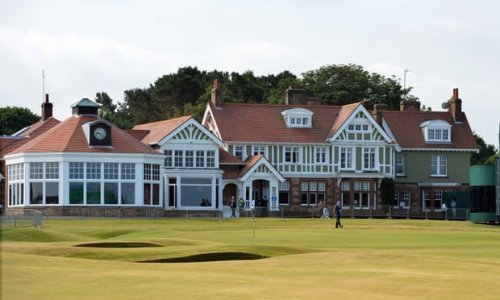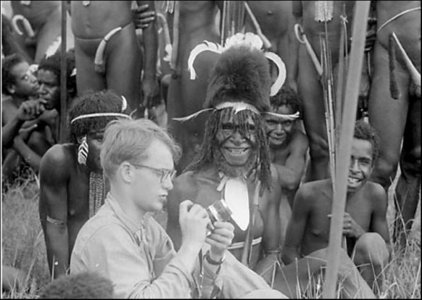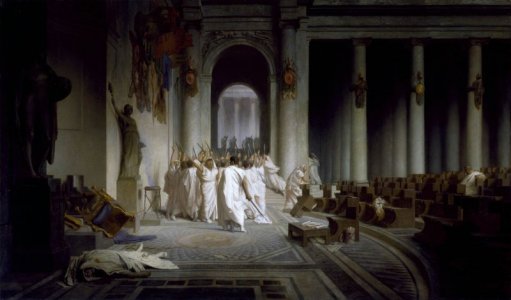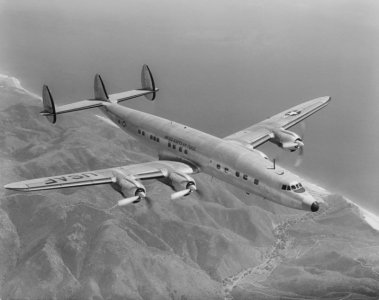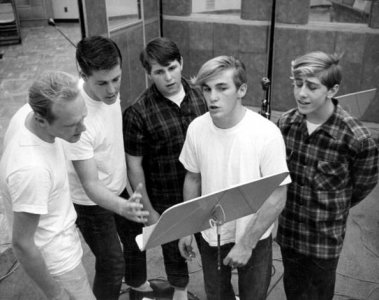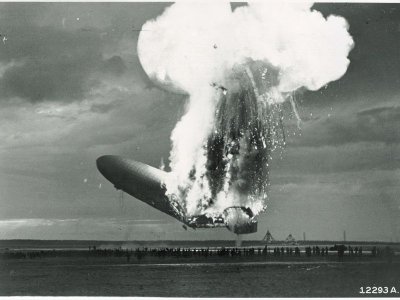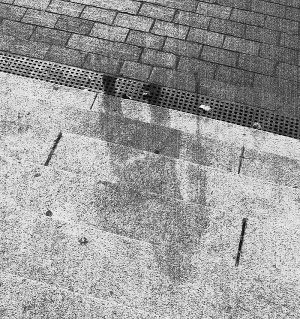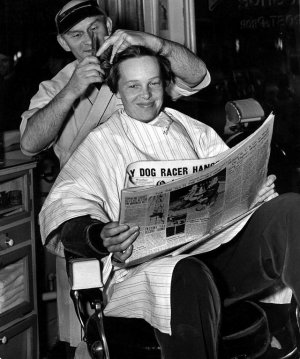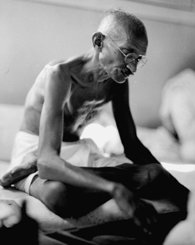mellowyellow
Well-known Member
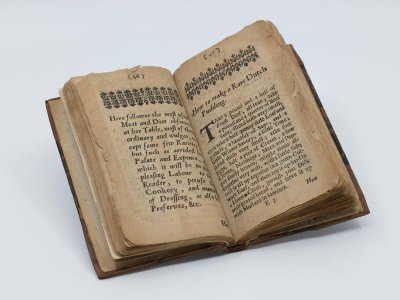
This 17th-Century Cookbook Contained a Vicious Attack on Oliver Cromwell’s Wife
The Cromwell Museum has republished a text first issued by the English Lord Protector’s enemies as propaganda
The death of Oliver Cromwell, the embattled Lord Protector of 1650s England, didn’t stop his enemies from doing everything they could to tarnish his reputation. And these efforts included one very odd line of attack: namely, publishing a cookbook that claimed to offer recipes collected by the Parliamentarian’s wife Elizabeth.
The cookbook, newly republished by the Cromwell Museum in Huntingdon, contains 102 recipes, including barley broth, venison pasty and a rare Dutch pudding. Some ingredients listed, like eels from Cromwell’s native region of Fenland, may have been intended to paint the family as unsophisticated.
“It would be a bit like today, if you were to go out and buy a cookery book [supposedly] written by Michelle Obama and the first third of it was an essay by Donald Trump saying how awful Barack Obama was,” Orme tells Atlas Obscura’s Anne Ewbank.
https://www.smithsonianmag.com/smar...cious-attack-oliver-cromwells-wife-180977233/


